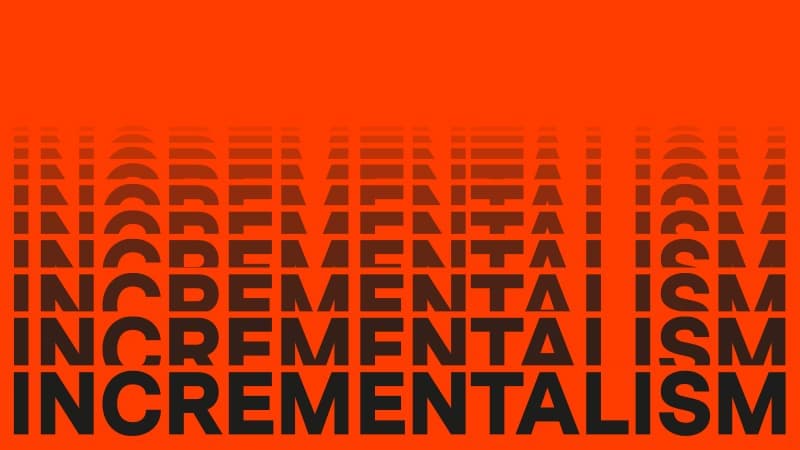5G and the Future of Digital Design
5G looks set to be the biggest digital technology development of a generation. The term has already become something of a buzzword, touted as a truly life changing invention.
But what actually is 5G – and what does it mean for the design and branding industry?
Connectivity of the Future
Put simply, 5G is a new type of internet connectivity. Predicted to be up to 100x faster than 4G, it is also set to provide stronger and more reliable connectivity – which is good news for devices like smart cars and smart home appliances, known as the Internet of Things.
It also has lower latency. This refers to the time between information being sent to a device and the user being able to use it; in short, reduced latency means buffering videos will be a thing of the past.
But 5G has far wider implications, too.
The stronger connections will enable more reliable video communications between international teams. This is particularly important as increasing numbers of employers and employees prioritise flexible and remote working options. Showcasing the potential of this, Vodafone demonstrated the UK’s first holographic call earlier this year.
5G is currently rolling out in various cities, including London, Birmingham, and Manchester. By 2025, it will be available to 1.4 billion devices across the globe. Over time, these 5G-ready cities will become Smart Cities, with enhanced connectivity integrated into every aspect.
For example, experts predict that 5G connectivity will enable paramedics and first responders to liaise with hospital departments in real time, quickly diagnosing and responding to emergencies long before the ambulance arrives at the hospital – even performing surgery remotely.
All of this is highly impressive – but what exactly does 5G mean for brand design?
A New Kind of Digital Experience
In short, 5G will allow designers and developers much greater scope.
The reduced loading time and stronger connectivity enables more ambitious web design which, well as simply allowing for more image-heavy sites, means more opportunity for 4K video.
Although 4K is not a new invention, it currently doesn’t see much use outside of video-specific sites like YouTube, mainly because of frustratingly long loading times when viewed on a mobile connection.
But with 5G, this could all change. Integrating 4K video into a brand’s digital strategy immediately strengthens their position, elevating their visual identity and creating a previously unachievable user experience for visitors to their site.
Brands will also be able to utilise augmented and virtual reality much more extensively.
This is something we’re particularly excited about, as we work with many clients in the property sector, an industry which is already starting to embrace the marketing and sales potential of AR and VR, especially in the international property markets.
Our Digital Director David Freshwater explains more.
“5G could completely change how we approach projects,” he says. “It will allow us to progress digital experiences on the move.”
Beyond the technical aspects of design and web development, 5G will also allow us to collaborate much more efficiently.
We work with a range of international clients, so anything that makes connecting with them easier is a positive development; perhaps one day we’ll see a hologram of Steve conducting meetings in offices in far-flung locations across the globe.
“5G really will transform how people and businesses interact with the world around them,” David explains. “From expanding business beyond the traditional office to making the world a safer place with joined-up communications between emergency services, it’s an exciting prospect.”
A Considered Approach
As with any new development, however, it’s important to keep a balanced view of 5G.
While it offers unprecedented levels of connectivity, communication and creative potential, there are limitations to consider.
For instance, the incremental rollout means designers shouldn’t rush into changing their processes and designs, because in the short term, very little will actually change. In fact, implementing 5G-specific designs into a website before 5G is widely available risks alienating huge numbers of potential clients.
It’s also important to remember that when websites optimised for the 5G experience become the standard that users come to expect, this will no longer be enough to stand out. But we look forward to the challenge, and will keep striving to take our clients to the next level.
To see how we can help your brand, get in touch today at hello@steve-edge.com.
- Share:


